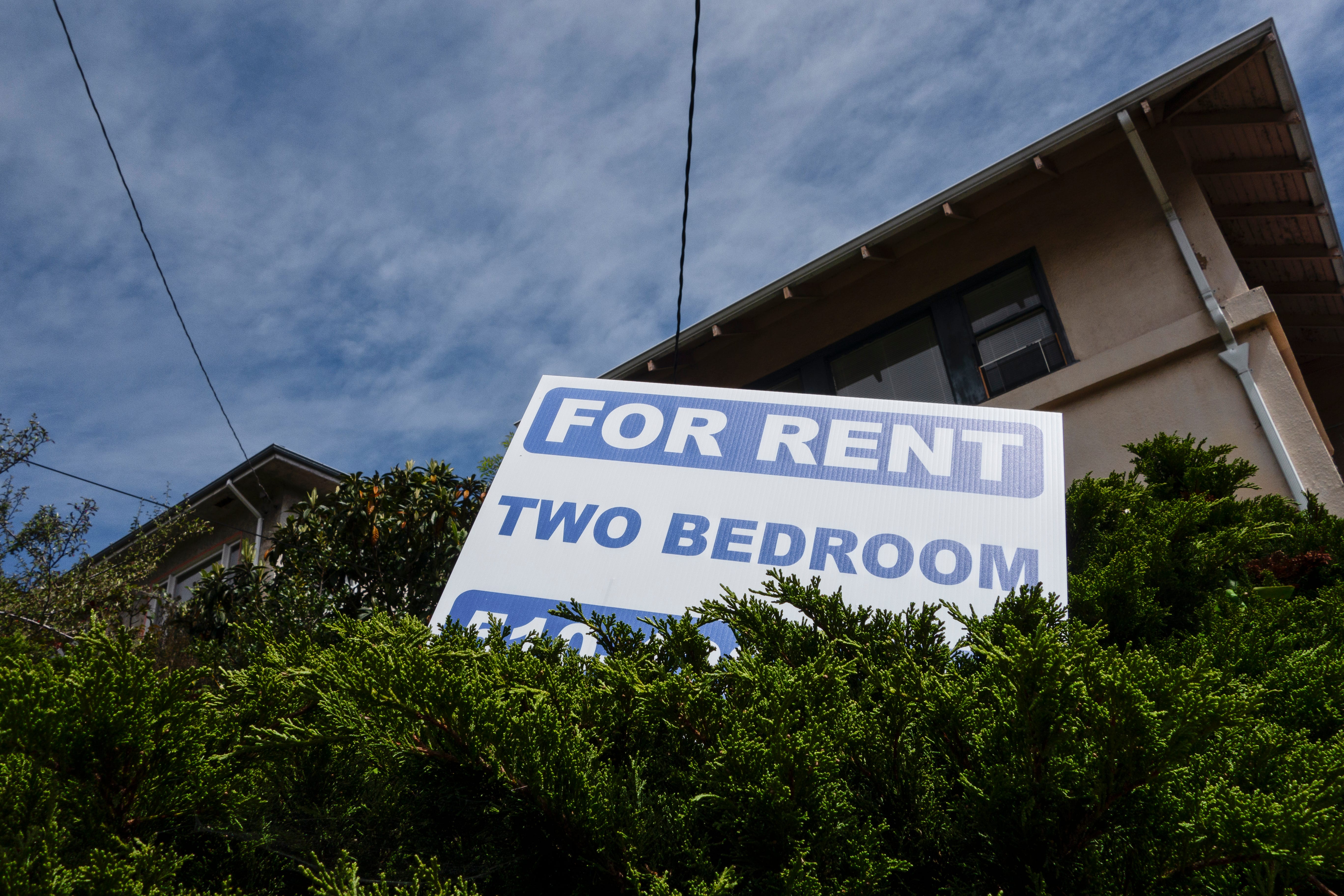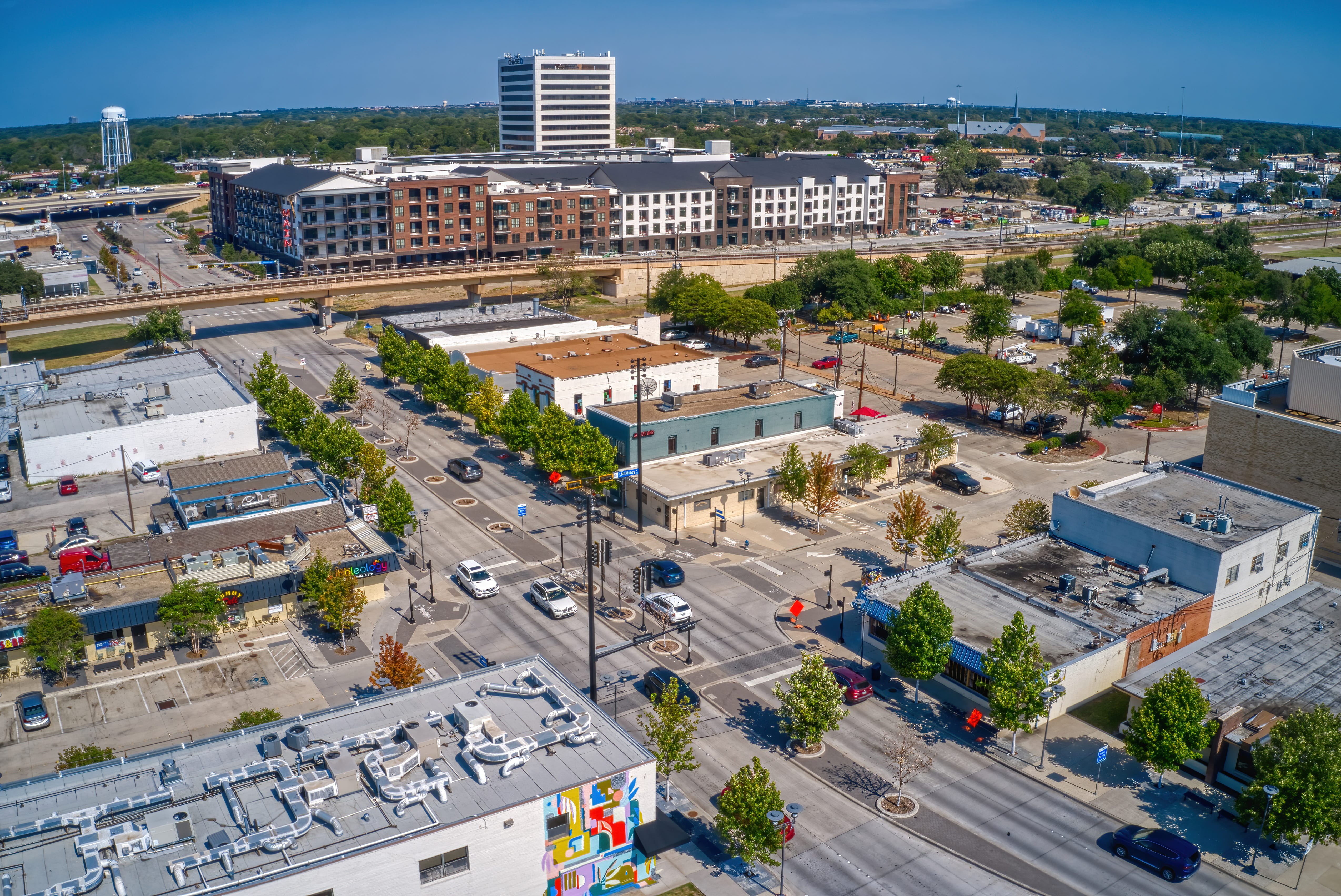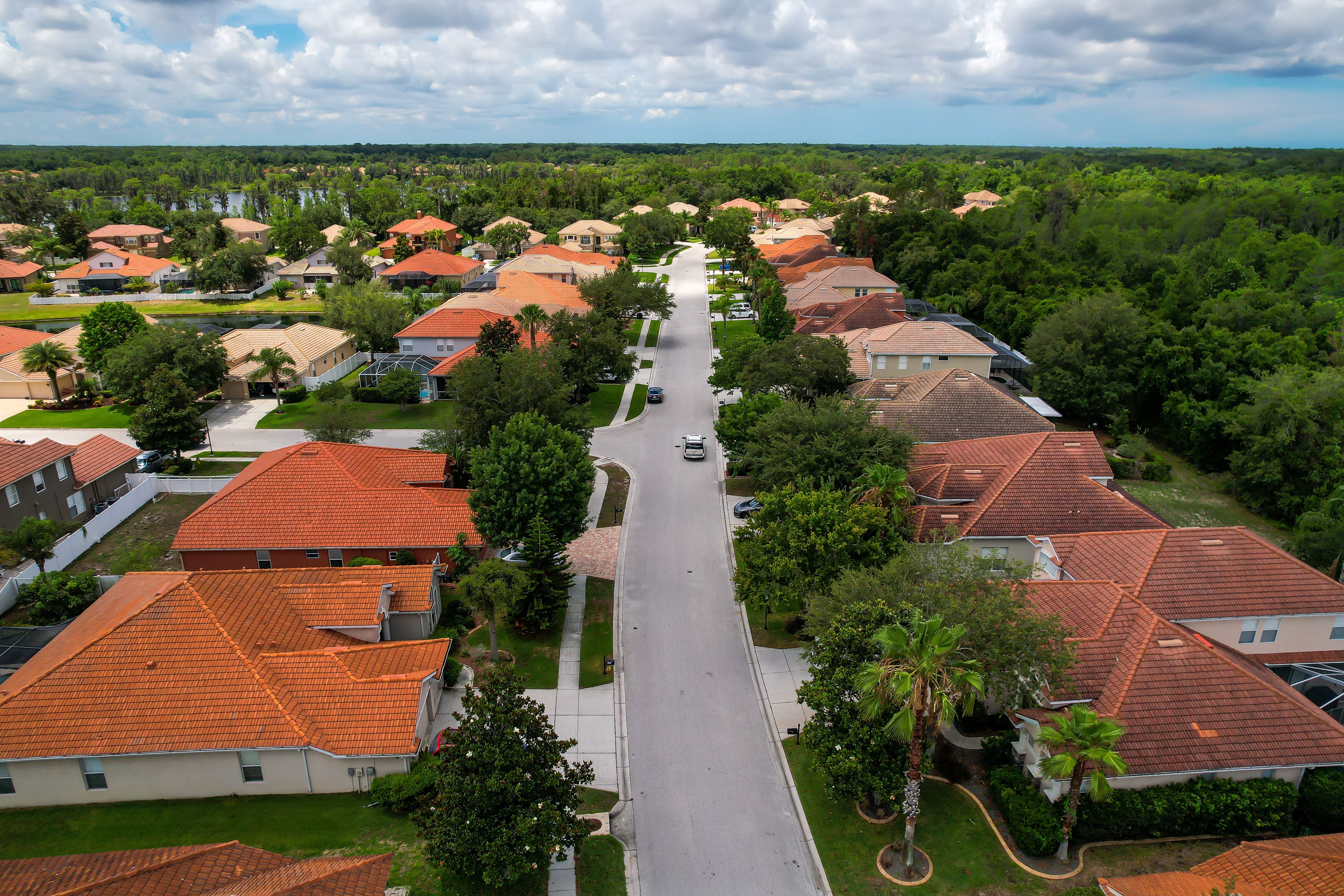
Thomas Winz/Getty Images
The American dream used to be owning a home — now it’s just finding one to rent.
A shift is underway in American suburbs, one that shows just how out of reach homeownership has become for a growing number of households.
Once strongholds of ownership, the suburbs are increasingly becoming hubs for leasing, according to a report from the rental real estate platform Point2Homes. The report defined suburbs as smaller towns located near major cities.
Point2Homes looked at Census housing data from 2018 to 2023, focusing on the 20 largest metro areas and suburbs with at least 10,000 people.
It found that the number of renter households grew faster in the suburbs than in their respective nearby major cities, particularly in five metro areas — Boston, Baltimore, Dallas, Minneapolis, and Tampa. During that period, 15 suburbs transitioned from owner-majority to renter-majority, bringing the total number of renter-dominated suburbs to 203.
While there are fewer renter-dominated suburbs now than in 2018, when there were 233, there are still more people renting their homes in these suburbs today — about 6.08 million households, up by around 231,000 since 2018, according to Point2Homes.

Jacob Boomsma/Getty Images
Among all large metros, Dallas has the biggest gap in renter growth between the city and its suburbs. Data from Point2Homes shows that the number of renter households in the city rose by about 8%, while nearby suburbs saw a near 18% increase.
Doug Ressler, manager of business intelligence at real estate research company Yardi Matrix, a sister company to Point2Homes, told Business Insider that as remote work declines and companies call employees back to the office, more people are moving closer to urban jobs — but today’s high housing costs are pushing them to rent in nearby suburbs instead.
“Home prices have surged,” Ressler said. “On the other hand, rental prices have remained relatively stable or even decreased in some areas, making renting a more affordable option.”
How home prices got so high
Americans can blame the pandemic-era housing boom for their affordability woes.
In the early days of the pandemic, government stimulus and record-low mortgage rates sparked a record-breaking housing boom. With demand far outpacing housing supply, home prices soared.
According to data from real estate brokerage Redfin, the median US home-sale price has risen 47.3% since 2020. As of May 2025, it stood at $440,997, up from $299,400 in May 2020.

Gianfranco Vivi/Getty Images
Adding to the challenge, the low 2-3% mortgage rates of 2019 and 2020 are long gone. While rates have fallen from their November 2023 peak of 7.79%, they remain high. As of June 18, 2025, the average 30-year fixed mortgage rate was 6.81%, according to Freddie Mac.
“Higher mortgage rates are holding back purchasing power for homebuyers,” Asad Khan, senior economist at Redfin, told BI. “If home prices do decline — and we think they will by the end of this year — that’ll help some. But mortgage rates are still high, and we don’t anticipate that they’ll fall in the near to medium term given continued economic uncertainty.”
Why so many people are stuck renting
Higher interest rates deliver a double blow to the housing market.
First, they result in steeper monthly mortgage payments. With rates at 6.81%, the median monthly mortgage payment in the US is $2,820, according to Redfin — hundreds of dollars higher than the $2,100 median monthly rent reported by Zillow for the same month.
Second, higher rates contribute to a shortage of homes for sale. Many homeowners who secured ultra-low mortgage rates in previous years have stayed put to avoid higher borrowing costs, creating a “lock-in” situation in the real estate market.
With fewer homes available for sale or within financial reach, and homebuilders prioritizing rental construction over for-sale homes, many Americans are finding that their best option is to remain in the rental market, whether it be in the city or the suburbs.
“Rents are falling in much of the country, making renting an attractive alternative to buyers struggling to find a home within their budget,” Khan said. “Unless home prices fall enough or rents start to increase to a point where it offsets the rent vs. buy calculation, it’ll continue to be an appealing option for many people.”
Are you renting in the suburbs because buying a home because buying feels out of reach? We want to hear from you. Reach out to reporter Alcynna Lloyd at [email protected].
The post The American dream used to be owning a home — now it’s just finding one to rent appeared first on Business Insider.




